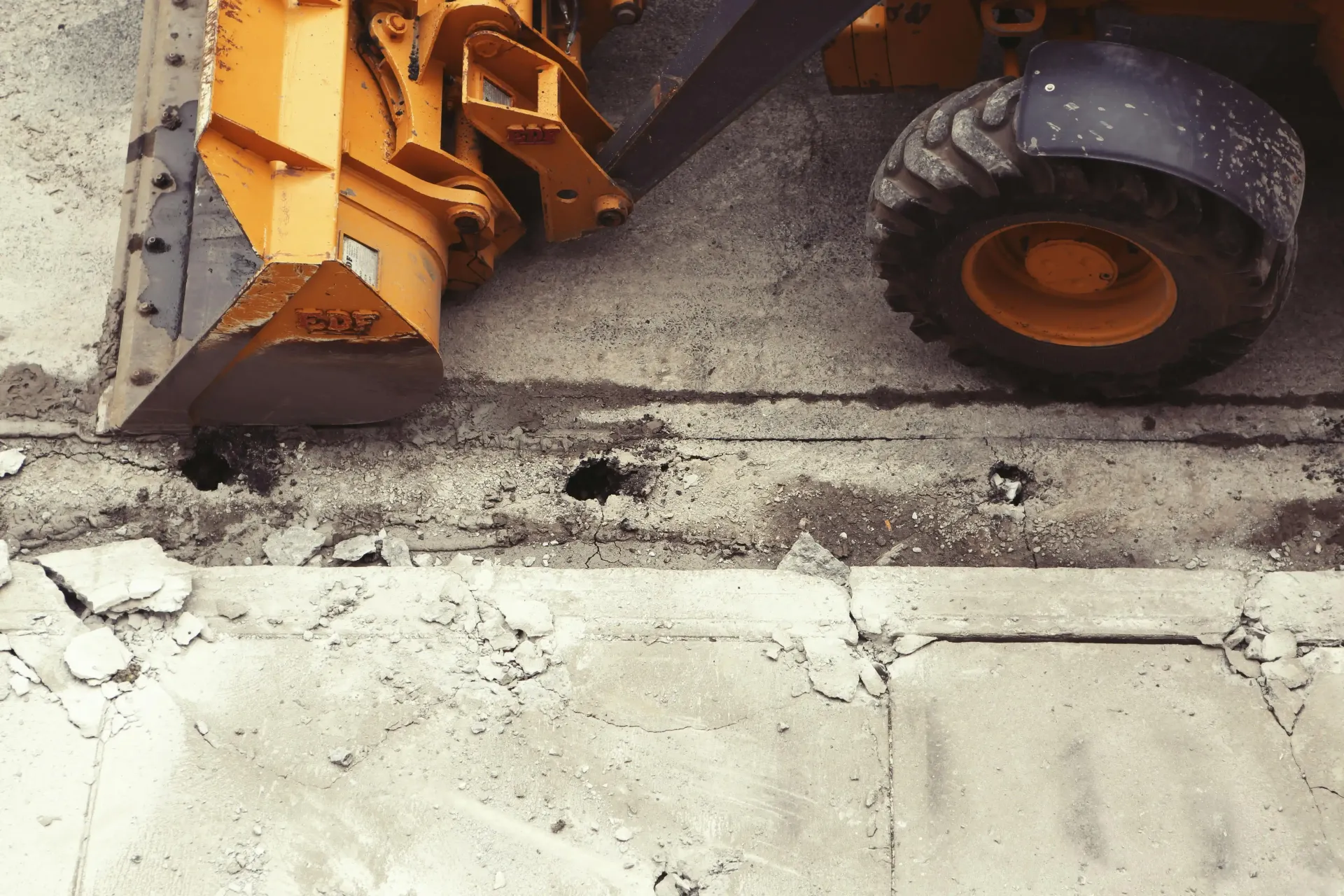5 Common Concrete Mistakes to Avoid: A guide for professionals and diyers alike
Concrete is one of the most durable, versatile materials for outdoor construction, whether it’s used for driveways, patios, or foundations. However, working with concrete requires precision and experience. At Durham Concrete Solutions, we’ve seen our fair share of concrete mishaps, both from DIYers and even from professionals who weren’t paying close enough attention. In this blog, we’ll explore the most common mistakes made when pouring concrete and how to avoid them, ensuring you achieve the best results for your next project.
1. Incorrect Mixing Ratios
A successful concrete pour starts with the right mix. One of the most frequent errors is getting the water-to-cement ratio wrong. Too much water weakens the mix, leading to cracks and reduced durability. On the other hand, too little water makes the concrete hard to work with and can result in an uneven surface. Whether you’re mixing concrete yourself or relying on a professional, it’s crucial to follow precise guidelines for your specific project.
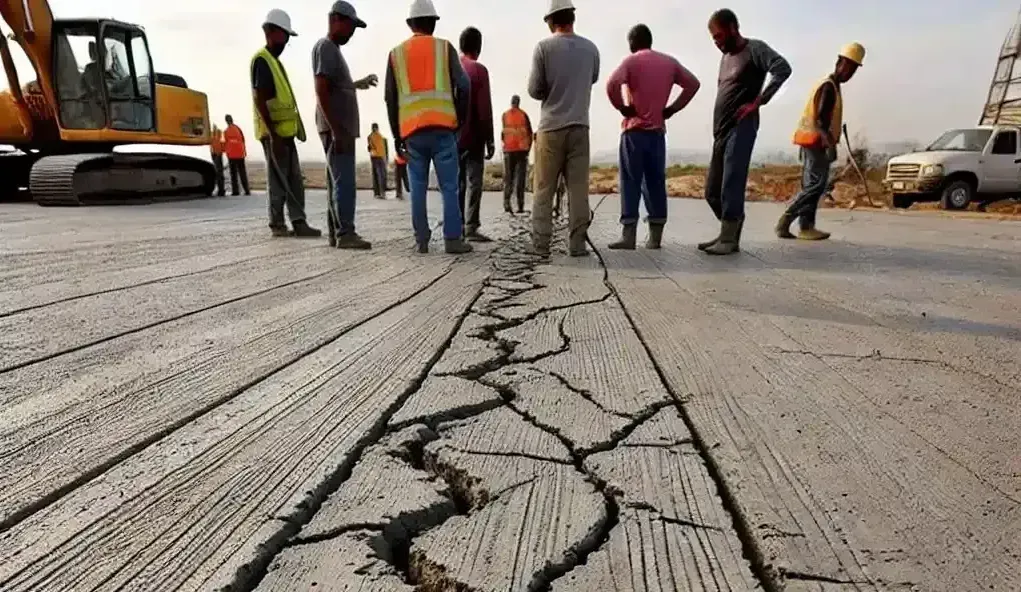
2. Inadequate Site Preparation
Before pouring any concrete, proper site preparation is essential. Failing to level the ground or neglecting to install a sub-base layer can lead to structural issues like sinking or shifting. DIYers often underestimate the importance of a solid foundation, but without it, you risk uneven surfaces and cracks in the concrete. Professionals can sometimes rush this step, but thorough preparation is critical for long-lasting results.
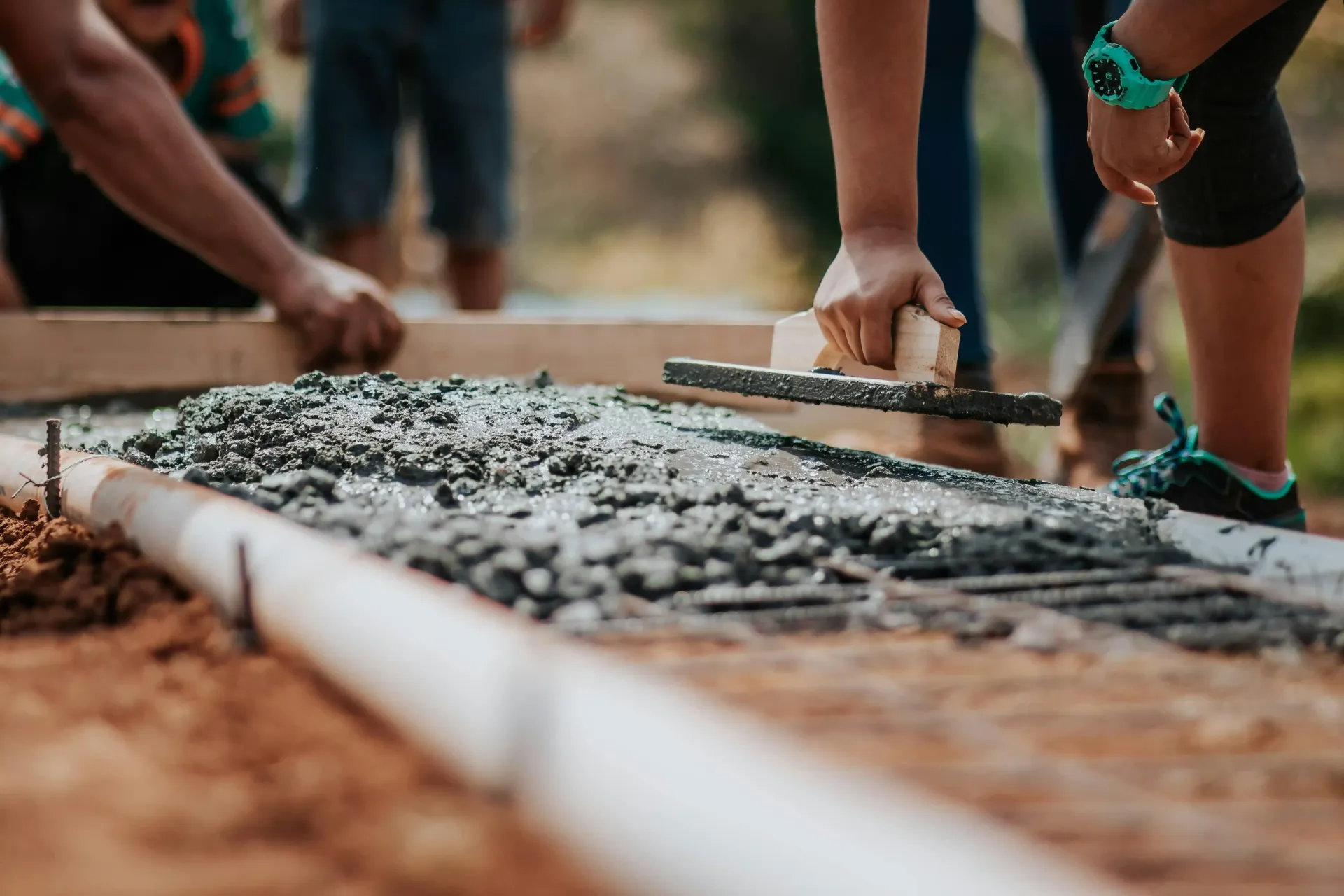
3. Poor Finishing Techniques
Finishing concrete involves smoothing and leveling the surface, but overworking the concrete can lead to weak spots or premature cracking. Common mistakes include over-troweling, finishing too early, or using too much water on the surface, which compromises strength. Ensuring a smooth finish without overworking the concrete requires skill and timing.
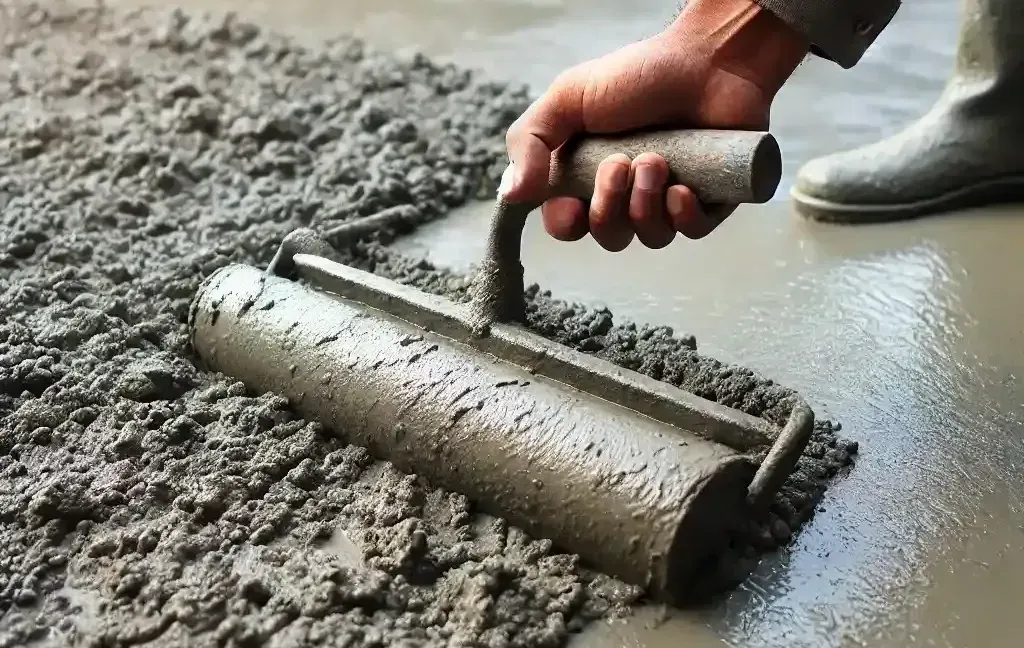
4. Skipping Control Joints
Control joints are necessary to prevent random cracking as the concrete expands and contracts. Unfortunately, many DIYers (and some pros) either skip this step or place the joints incorrectly. Without properly spaced control joints, you could be left with unsightly cracks that weaken the overall structure. At Durham Concrete Solutions, we ensure precise joint placement to protect the longevity of your concrete.
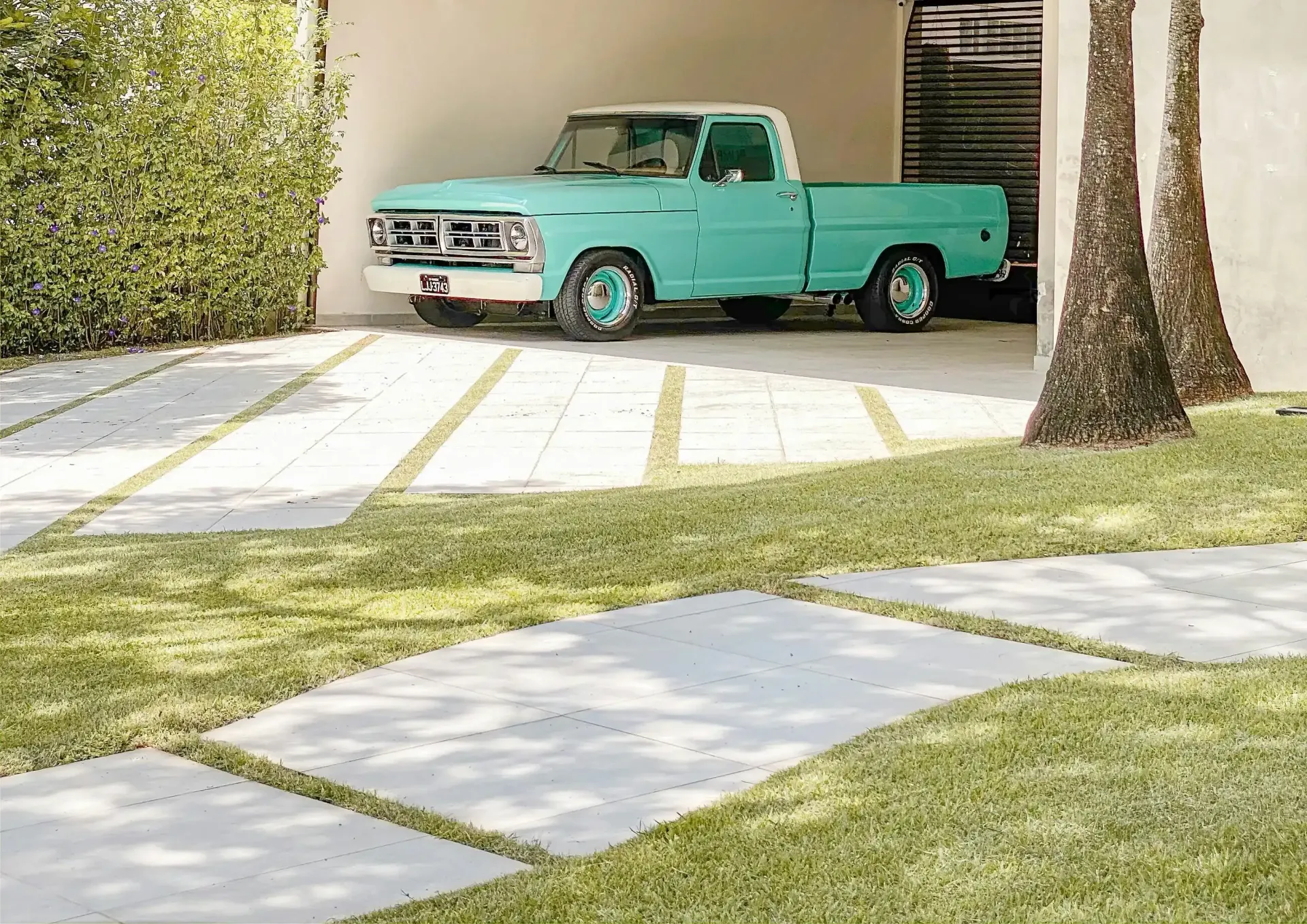
5. Improper Curing
Concrete needs time to properly cure and gain strength. Rushing the process or not curing the concrete correctly can lead to surface issues, weakened durability, and cracking. Professionals sometimes forget to cover or water the concrete in warmer conditions, accelerating evaporation and resulting in subpar outcomes. Curing is critical, and cutting corners here can affect the lifespan of your concrete.
